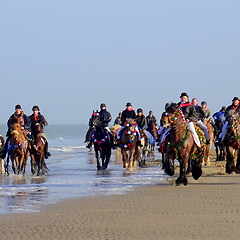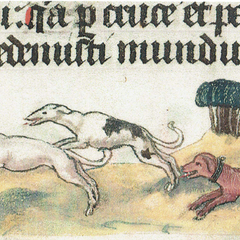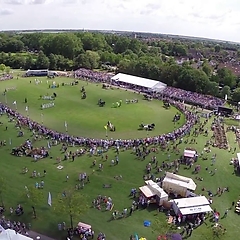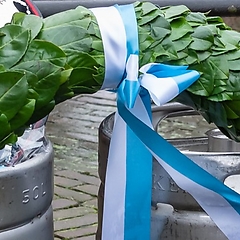Falconry is the name for hunting with peregrine falcons and hawks. The bond between the falconer and his bird is very strong. Training focuses on shape, hunting techniques and returning to the glove of the falconer. In the Netherlands falconers hunt with captive-bred peregrine falcons and hawks. There are two main forms of falconry: the high flight and the low flight. For the high flight a peregrine falcon is flown in the ‘waiting-on’ style, which means that the bird waits high above the falconer and a hound until the wild animals are hunted. For the low flight the hawk or the peregrine falcon flies directly to its prey from the arm of the falconer. Both forms focus on the beauty of the flight. The game is needed for motivation and experience of the hunting bird. The game is often used as reward and as bait for the bird, and in some cases for human consumption. Falconers use specific tools, also called ‘fourniture’, like the hood, the cover that deprives the bird of its sight and the lure, the artificial prey that is swung around on a cord to call the bird to return. This has resulted in a specific use of language.



